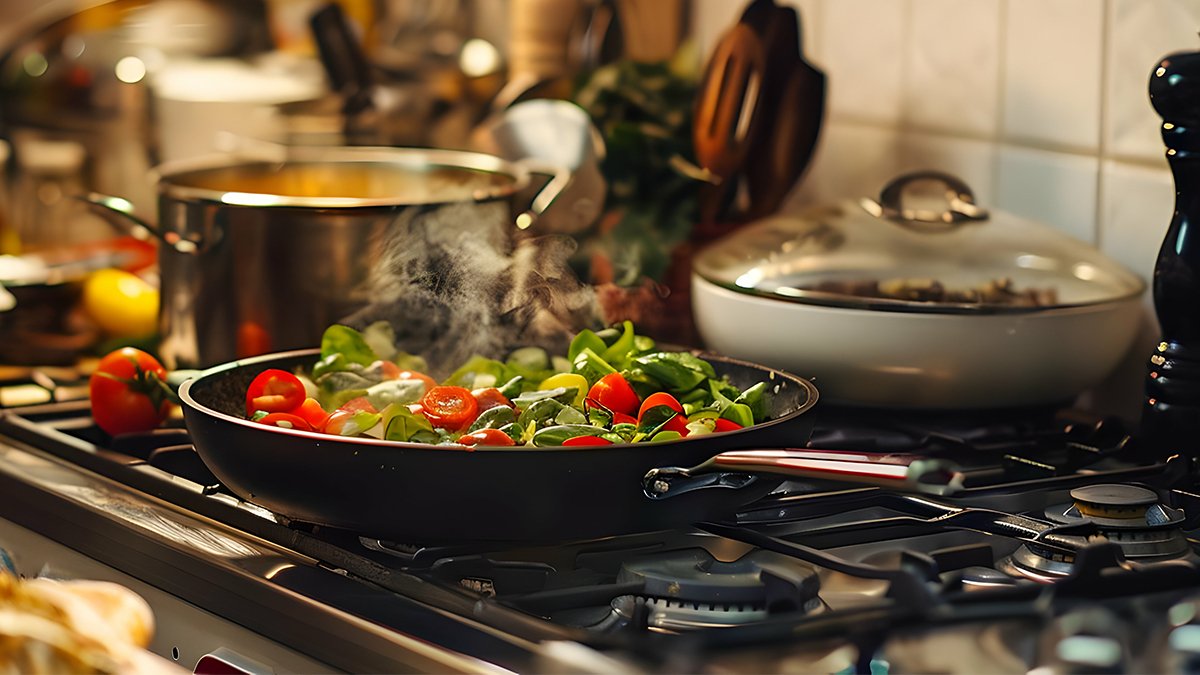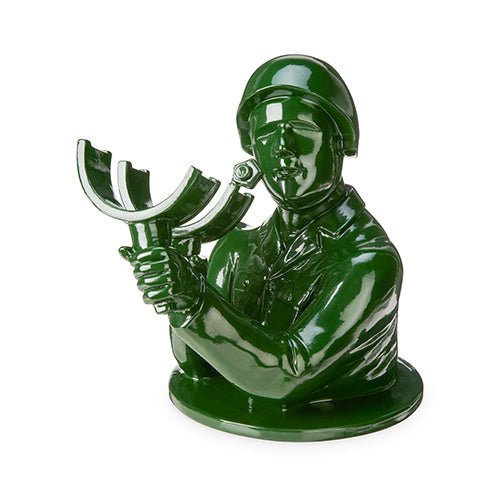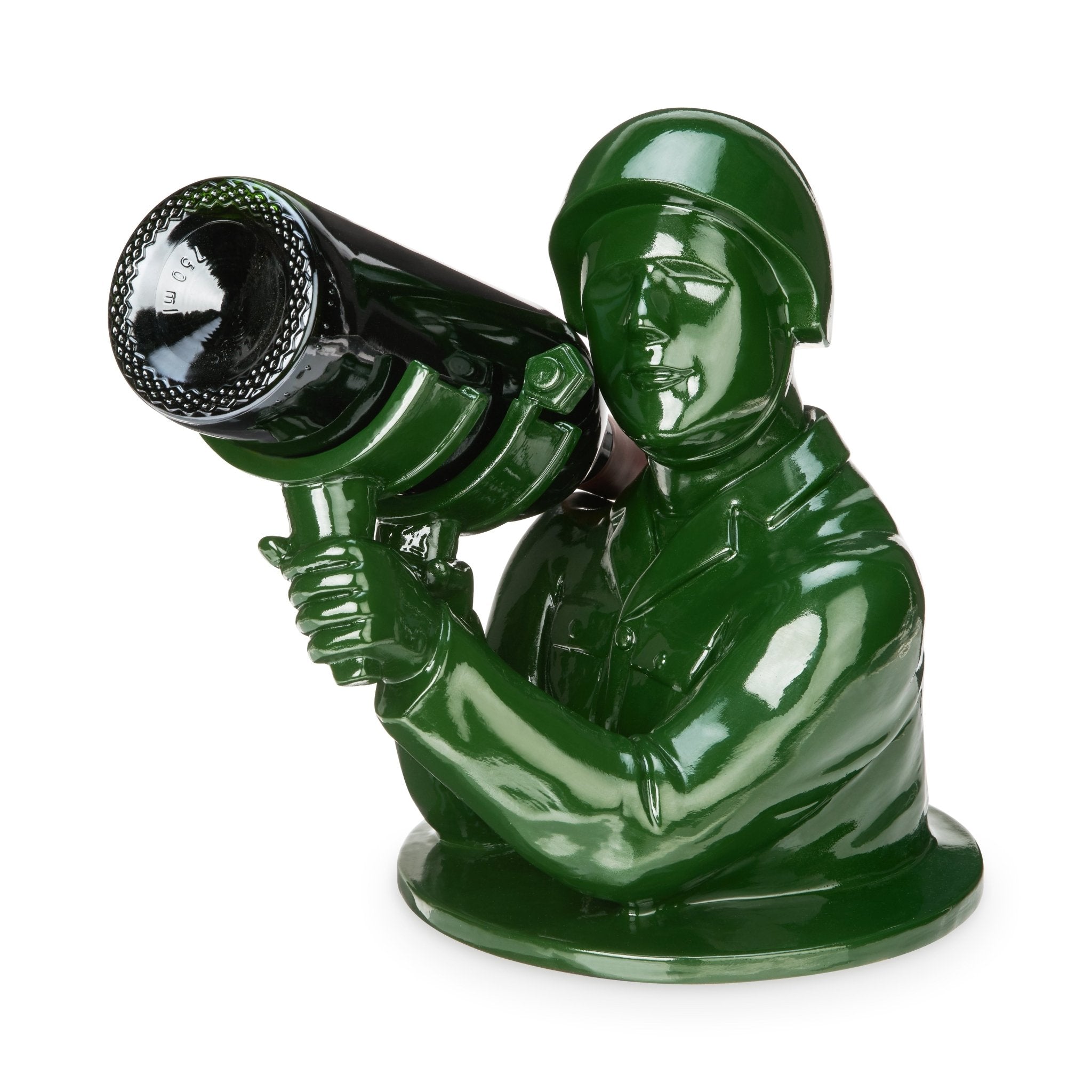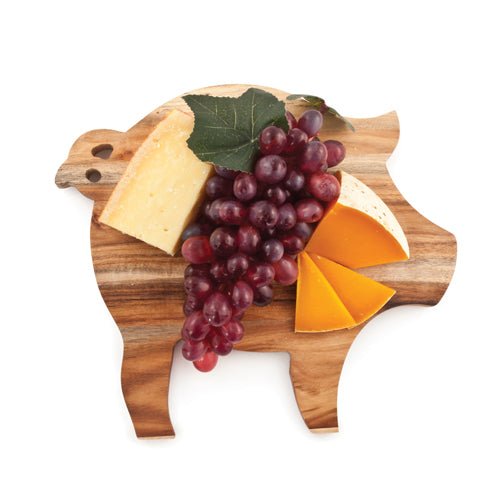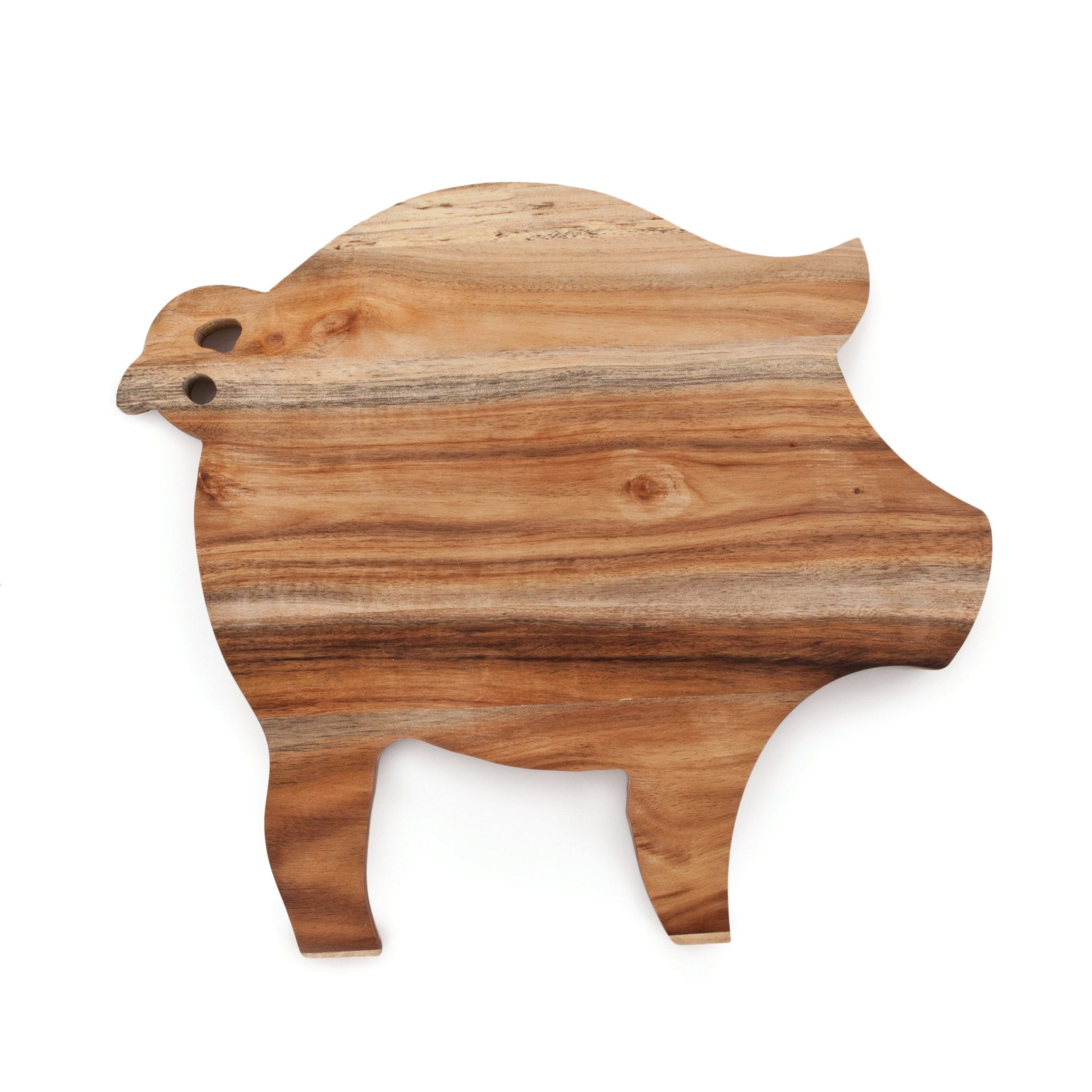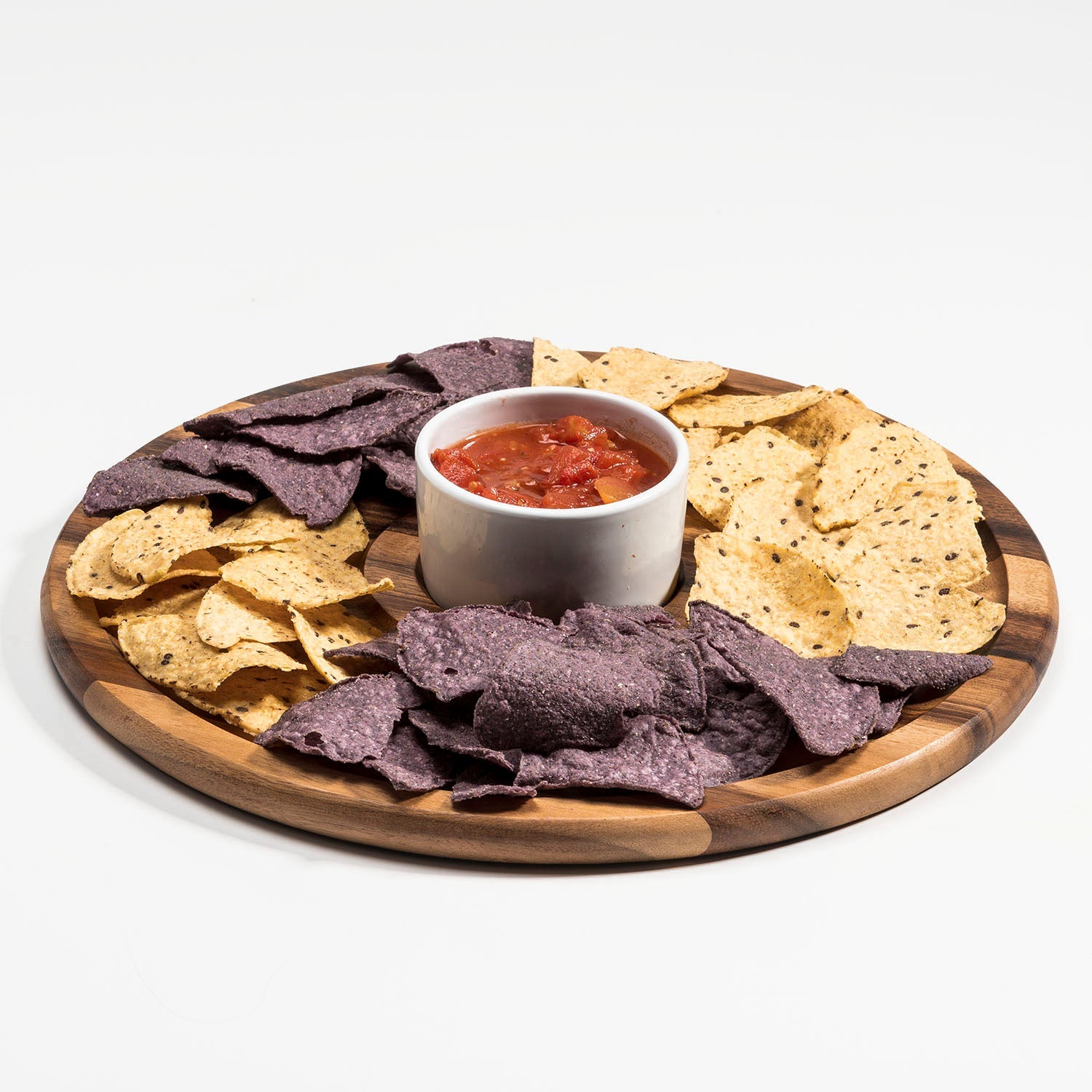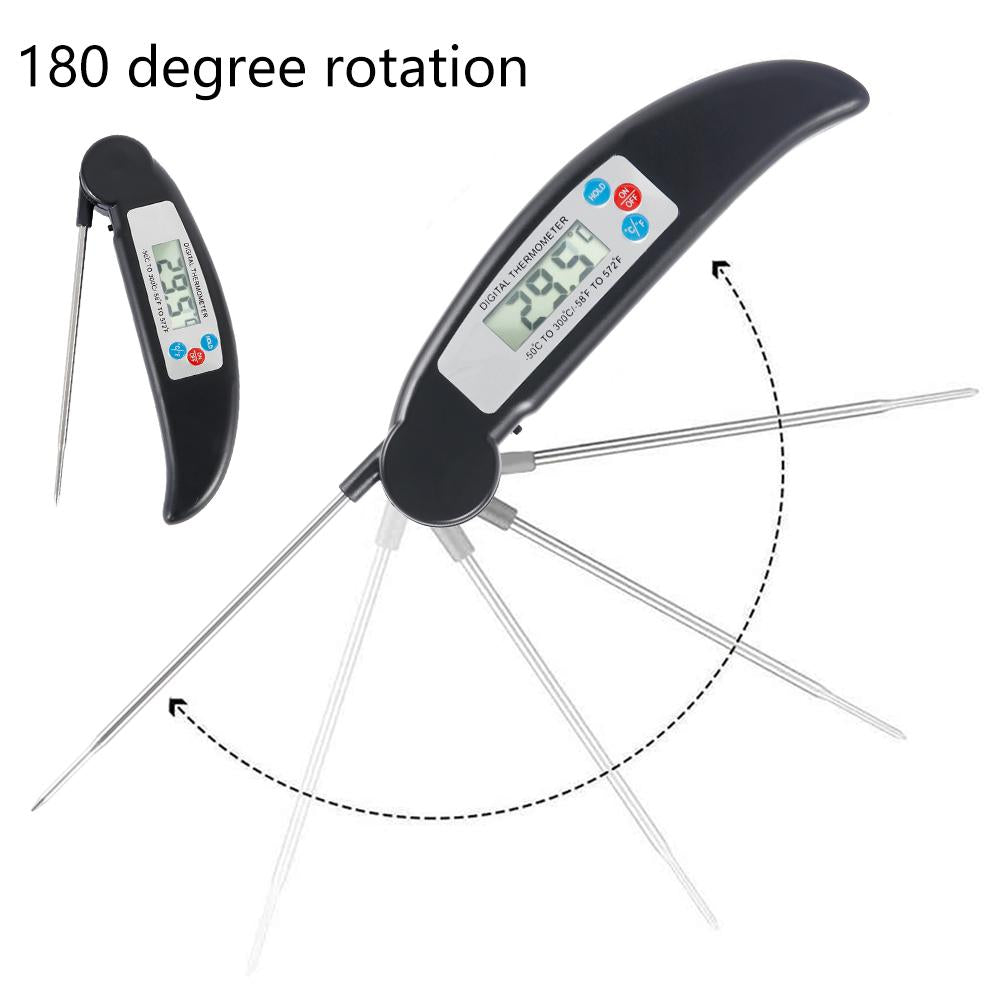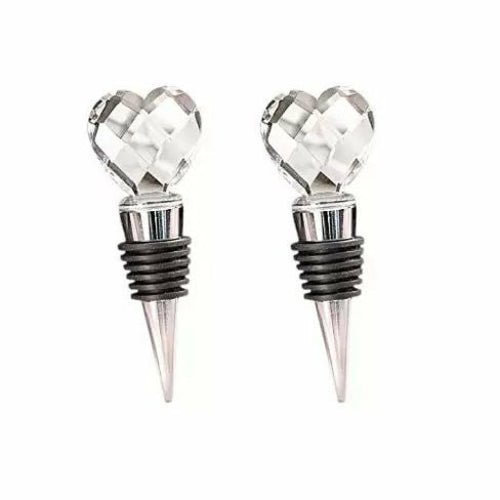While I love to cook for my family and friends, I am in no way trained in culinary arts. In fact, I’ve never taken a class, read a how-to book, or had any kind of formal training. I essentially fumbled my way through the kitchen in my earlier years. Today, I’m more confident in my abilities and can easily understand the difference between folding, mixing, and stirring.
Here’s a helping hand to anyone who may need some assistance understanding, or even a refresher on, the various cooking terms and techniques used in cooking. It isn’t an exhaustive list; however, it does cover the most used terms and especially those that you’ll often find in my recipes.
 |
A - C TerminologyAAl dente: This term typically refers to pasta, though you may see it for vegetables. It means to cook until firm to the bite. Appetizer: A small dish or drink that’s served before the main course. BBake: Cook food in an oven using dry heat. Baste: Pour drippings, juices, or stock over food while cooking to keep it moist. This technique enhances the flavor of the food and prevents it from drying out. Beat: Vigorously mix ingredients in a circular motion with a cooking utensil, mixer, or whisk until combined. Blanch: Briefly immerse food in boiling water and then place in ice water to stop the cooking process. This technique is especially good for removing the skin from tomatoes or preparing certain vegetables for cooking. Boil: Cook by immersing food in rapidly bubbling liquid. Braise: A method of cooking that browns the food, usually by frying in butter or oil, before simmering in liquid for an extended time until tender. Brine: Soak meat in a saltwater mixture to make it more tender and moister when cooked. Broil: Use maximum heat to bake food, usually only for a short amount of time. Food is typically five inches or less from the heat source. Brown: Cook food until it turns brown. CCaramelize: Cook sugar until it liquifies and turns to syrup. It’s also a term that refers to cooking food until it browns and develops a caramel color and flavor, such as caramelized onions. Chop: Roughly cut food into bite-sized portions. Core: Remove the stem and seeds from the center of a fruit, like a pear or an apple. Cream: Beat ingredients, usually sugar and softened butter, until they reach a creamy, smooth texture. Crush: Mash an ingredient with a cooking utensil. Cube: Chop food into small, half-inch cubes. |
 |
D – H TerminologyDDash: Use ⅛ of a teaspoon. Deep Fry: Cook food by fully immersing it in hot fat, such as lard or oil. Deglaze: Add liquid to a hot pan to release the flavorful remnants of cooked foods at the bottom of the pan and create a sauce. Dice: Chop food into small pieces or cubes, usually no more than an eighth or a quarter of an inch in size. Divided: Add the same ingredient to two or more different steps in a recipe. Dollop: A large spoonful of soft food, like sour cream. Dredge: Coating raw food, like meat, with breadcrumbs or flour, before frying. Drippings: The fat and liquid that accumulates at the bottom of the pan while roasting, frying, or browning meat. Also referred to as pan juices. Drizzle: Use a back-and-forth motion to pour liquid ingredients, like oil or dressing, over food. Dust: Sprinkle a light covering of powdered food, like powdered sugar. EEmulsify: Combine liquids that typically don’t stay mixed together, like oil and water, to form an emulsion. When you emulsify egg yolks with oil and vinegar, you create mayonnaise. Entrée: The dish of a meal. In some cultures, it’s a small dish served before the main dish during formal meals. FFlambé: Cover a dish with drinking alcohol and light it on fire during cooking or just before serving. Fold: Gently combine light and heavy ingredients by stirring the mixture from bottom to top in a folding motion. GGlaze: Cover or coat foods with a liquid — usually a sauce, egg whites, or jellies — to create a glossy coat. Grate: Slice food into tiny pieces or slivers using a grater. Grease: Coat a dish or the interior of pan with oil or butter to prevent food from sticking and allow for easy removal after it’s cooked. HHors d’oeuvre: French term for appetizer or small dish served at the beginning of a meal in European Hull: Remove the leaves and stem from a strawberry. |
 |
I – R TerminologyIInfusion: Mix an ingredient in liquid, typically alcohol or oil, to extract its flavor and infuse it with the liquid. JJulienne: Slice food into thin, long pieces almost like matchsticks. KKnead: Mix dough either manually by hand or using a mixer. LLeaven: Add gas or a leavening agent, like baking powder or yeast, to dough to help it rise. MMarinate: Let foods sit in flavored liquid or seasonings so that it absorbs the flavor. Mince: Chop ingredients, like garlic or ginger, into the smallest and finest pieces possible. Mull: Steep a beverage, typically alcoholic, with spices and fruit ingredients like nutmeg or orange juice. PPan Fry: Cook ingredients in a lightly greased, shallow pan. Parboil: Partially cook food by boiling it, in preparation for another cooking technique. Pinch: Use 1/16 of a teaspoon. Pipe: Put food, such as icing or mashed potatoes, in a piping bag and use it to decorate food or create an artistic presentation of foods. Poach: Gently cook in simmering water over a low heat. Purée: Liquefy, grind, or mash food until it reaches a smooth texture. RReconstitute: Add liquid back to dehydrated foods, usually by immersing it in water. Reduce: Boil or simmer liquid ingredients until it evaporates and creates a thick mixture with less volume and more intensified flavors. Rest: Allow food to sit after cooking and before serving, so juices and flavors can redistribute. Roast: Bake meat in an oven or cooking appliance, often at higher temperatures. Roux: A mixture of fat, usually oil or lard, and flour used to thicken sauces, soups, and stews. Traditionally cooked and used in Cajun and Creole recipes. |
 |
S – Z TerminologySSauté: Cook food in a well-greased pan over medium-high heat. Scald: Gently heat liquid, usually cream or milk, until just before it reaches a boiling point. Score: Make shallow incisions near the surface of a food. Sear: Quickly cook meat over high heat to brown the surface and seal in the meat’s flavors and juices. Shock: Stop the cooking process by immersing hot foods in an ice water bath. Shred: Grate food into large, long pieces. Usually done using the larger holes on a grater. Sift: Blend and aerate dry ingredients, such as flour, by forcing it through a sifter or wire mesh strainer. Simmer: Use reduced heat so liquid bubbles gently, not rapidly. Skim: Use a spoon or skimmer to remove fat or a layer from the surface of a pot of liquid. Slice: Cut food into thin, uniform pieces with a knife. Smidgen: 1/32 of a teaspoon. Steam: Cook food using steam. Steep: Soak a dry ingredient in a hot liquid to infuse the flavor of the ingredient into the liquid. Stew: Cook food over low heat in a liquid for a long length of time. TTruss: Use string or pins to tie poultry limbs together so they remain still while cooking. WWhip: Incorporate air into food by rapidly beating it with a whisk or mixer. Whisk: Use a fork or whisk to manually mix or beat ingredients. ZZest: Grate the peel of a citrus. |
If you understand these common cooking terms, you have the power to whip up a culinary masterpiece in no time. It’s time to tie on your apron and start cooking.
Enjoy!
![]()

